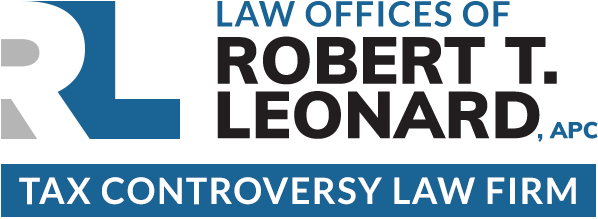The Trust Fund Recovery Penalty (TFRP) is a penalty the Internal Revenue Service (IRS) can use against business owners to recoup unpaid payroll taxes like federal income taxes, Social Security and Medicare taxes.
Who can the IRS hold liable for these funds?
This tool allows the IRS to go beyond the business itself and hold individuals associated with the business personally liable for the tax obligation.
Responsible persons for the purposes of the TFRP can extend to include an owner, partner, or anyone who has financial signatory authority over certain business operations. Financial authority can include those who have the power to direct payments made by the business.
How much is the penalty?
It can be more than what the business owes the IRS. This is because the IRS can go after the amount due as well as additional interest and penalties.
How does the TFRP work?
In addition to a failure to pay these taxes, the IRS will also need to establish that the responsible party did so intentionally.
This willfulness requirement is important — although it does not require clear evil intent it still sets a high bar. In order to establish its claim, the IRS will need to show the responsible party was aware of, or should have known about, the taxes and intentionally disregarded the law or was indifferent to the requirements.
If the IRS believes that you are a responsible party, it may conduct an interview to gather evidence to see if it can establish this willfulness requirement.
How will I know if I am subject to a TFRP?
The IRS generally sends a mailing with more information. The recipient has 60 days from the date of the letter to appeal the agency’s proposal.
Anyone that receives this mailing is wise to take the matter seriously and explore resolution options before the government comes after their personal assets.
